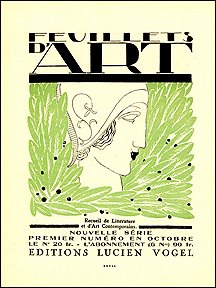
Andy Goldsworthy was born in Chesire, England and currently resides in Dumfriesshire, Scotland. He studied at Bradford School of Art and Preston Polytechnic and has been producing work since the mid 1970s. Goldsworthy works directly with nature, using a variety of materials including leaves, twigs, flower petals, pinecones, sand, snow and stone. Much of his work addresses issues of growth and decay, seasonal cycles; and the idea that an artwork too has a natural life that eventually must end. Goldsworthy finds a richness of understanding in revisiting certain forms such as mounds, holes, arches, spirals, and lines each revealing a different facet of its constructive material. Goldsworthy has produced over 70 commissions for organizations and collections throughout the world, such as the National Museum of Scotland, Edinburgh; The Getty Museum, Los Angeles; Abbeystead Estates, Duchess of Westminster, Lancaster; and Stanford University, California Andy Goldswothy was born in Chesire, England and currently resides in Dumfriesshire, Scotland. He studied at Bradford School of Art and Preston Polytechnic and has been producing work since the mid 1970s. Goldsworthy works directly with nature, using a variety of materials including leaves, twigs, flower petals, pinecones, sand, snow and stone. Much of his work addresses issues of growth and decay, seasonal cycles; and the idea that an artwork too has a natural life that eventually must end. Goldsworthy finds a richness of understanding in revisiting certain forms such as mounds, holes, arches, spirals, and lines each revealing a different facet of its constructive material. Goldsworthy has produced over 70 commissions for organizations and collections throughout the world, such as the National Museum of Scotland, Edinburgh; The Getty Museum, Los Angeles; Abbeystead Estates, Duchess of Westminster, Lancaster; and Stanford University, California. Andy Goldsworthy was born in Chesire, England and currently resides in Dumfriesshire, Scotland. He studied at Bradford School of Art and Preston Polytechnic and has been producing work since the mid 1970s. Goldsworthy works directly with nature, using a variety of materials including leaves, twigs, flower petals, pinecones, sand, snow and stone. Much of his work addresses issues of growth and decay, seasonal cycles; and the idea that an artwork too has a natural life that eventually must end. Goldsworthy finds a richness of understanding in revisiting certain forms such as mounds, holes, arches, spirals, and lines each revealing a different facet of its constructive material. Goldsworthy has produced over 70 commissions for organizations and collections throughout the world, such as the National Museum of Scotland, Edinburgh; The Getty Musum, Los Angeles; Abbeystead Estates, Duchss of Westminster, Lancaster; and Stanford University, California. Biography Source: Haines Gallery

resources
- andy goldsworthy portfolio
- sheepfolds : a major Cumbria-wide sculpture, landscape and environment project with the internationally renowned sculptor
- artcyclopaedia
- artnet
- bibliography : forthcoming (or do a search on Powell's search engine box at right)




































